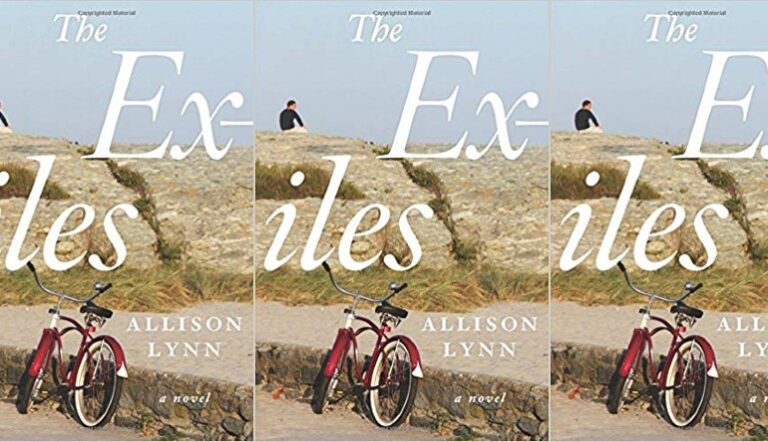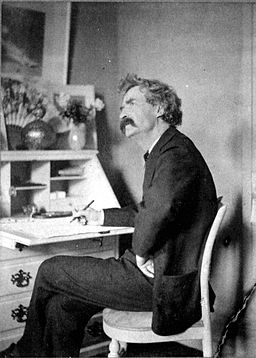Up and Out: Five Things We Can All Learn from Roald Dahl
When I was six years old, I copied out the entirety of Roald Dahl’s The Twits. By hand. When I filled one lined page, I’d apply an inch-wide swath of rubber cement and attach the next paper to the bottom, so that I wound up with a scroll the diameter of a car tire. I do still wonder why my teacher allowed me to do this during school time. She was the one who’d read us the book, so maybe she saw it as flattering. Or maybe she saw it as a way to improve my abysmal handwriting. Or maybe she was a genius.
I should acknowledge here that Roald Dahl was, by all accounts, a pretty terrible human being. (If you aren’t familiar with his personal life, this philippic should convince you to take him off your “Writers I’d Have Dinner With” list.) But my five-year-old has discovered Dahl this summer, is already three books in (Charlie and the Chocolate Factory, George’s Marvelous Medicine, and Esio Trot), and I couldn’t be happier. She doesn’t want help reading these, and even though this means she’s missing a bit of plot, I agree—Dahl should be consumed in private. But I can’t resist flipping through after she’s gone to sleep, and I’m remembering what made me love him. I think I absorbed something in all that Twit-copying, but even thirty years later, I’m still trying to break down what those lessons are.
Five things we can learn from Roald Dahl:
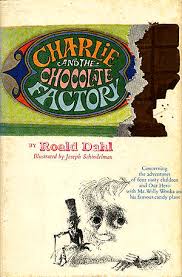
1) Characters should want things—really, really want them. Remember the way Charlie Bucket eats his birthday chocolate? One tiny bite a day, so it lasts him for months. And then the poor kid has to live in a town that smells like chocolate. Even before we hear about the golden tickets, we want things for Charlie. There might be no faster way to engage a reader in a story.
And just as important: that overwhelming desire is what pushes characters to the dramatic brink. Crazy, enormous acts were never accomplished by someone who kind of wanted something.
2) It’s okay to write a villain. And furthermore, it’s okay not to give the villain an explanatory back story. Dahl’s villains aren’t acting out their own childhood traumas, nor are they one hug away from epiphany. They’re just mean, ornery people who don’t want you poaching their pheasants or speaking up in class. That Dahl still makes them real is a testament to his genius, and others of us might fail to varying degrees in crafting our own Veruca Salts or Captain Lancasters. But we can all follow his courage in writing these characters without apology and without psychobabble.
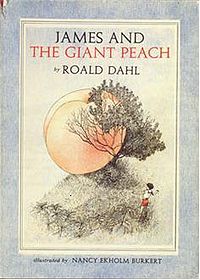
3) Embrace the absurd. Your characters can have names that are fun to say. You can put four grandparents in one bed. Why set your story in a house when you can set it in a peach pit?
Six years old again, 1984: When my teacher let me, I’d take my scroll into the school’s longest hallway and unroll it, a classmate holding the other end. By the time I finished, the thing was doubled back on itself, and still it filled the whole corridor. I had never experienced such joy in my life. Because this thing I had done: it was crazy.
4) The dark stuff is the juicy stuff. In retrospect, the reason I was obsessed enough to copy the entire book is that my home life was particularly unpleasant at this point. The Twits concerns a husband and wife whose sole mission is to play horrible tricks on each other. I remember, when I first listened to the story, gleefully raising my hand to announce that “This house is just like my house!” I didn’t mean that anyone in my home was gluing furniture to the ceiling—but I saw a dysfunction reflected in this book that I just hadn’t found in Encyclopedia Brown or The Mouse and the Motorcycle.
Of course it’s children’s writers who are most able to ignore the dark side (I’m thinking here of the sweet, simple books for very young children)—and maybe there’s a 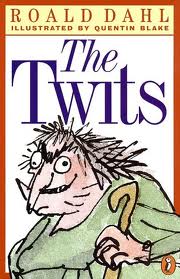 good reason some of my favorites children’s writers (notably Lemony Snicket and Dr. Seuss, in addition to Dahl) are ones who started off writing gritty things for adults and then moved younger. But we’re sometimes tempted to ignore the dark stuff when we write for adults, too. Our characters are flawed, but only a little bit, ha ha, just kidding, he’s really a good person! She’s going to have an affair, but nooooooo, she’s not, she changed her mind! I’m not arguing that every story has to be The Shining. But if kids can handle Miss Trunchbull’s torture closet, adults can handle the darker spots of the human soul.
good reason some of my favorites children’s writers (notably Lemony Snicket and Dr. Seuss, in addition to Dahl) are ones who started off writing gritty things for adults and then moved younger. But we’re sometimes tempted to ignore the dark stuff when we write for adults, too. Our characters are flawed, but only a little bit, ha ha, just kidding, he’s really a good person! She’s going to have an affair, but nooooooo, she’s not, she changed her mind! I’m not arguing that every story has to be The Shining. But if kids can handle Miss Trunchbull’s torture closet, adults can handle the darker spots of the human soul.
5) When you write from a place of limitless possibility, readers cannot anticipate the end. I told my five-year-old she could help me with this post by telling me her favorite thing about Charlie and the Chocolate Factory. She said, “When they get in the elevator, and Willy Wonka presses Up and Out, and they go through the roof! They go right through the roof!” A smart reader could predict that Charlie might inherit the factory—it would be a full reversal of fortunes, he’s proven his worthiness, etc. But the elevator going through the roof? No one sees that coming. And yet the elevator was there all along, waiting. And this is a factory where that kind of thing happens. We talk, in writing workshops, about making our endings “surprising but inevitable.” I’m going to start shouting this at my students instead: “Through the roof! Up and Out!”

